Category: Documentation
-

I Stepped into the Eternal Circle, Animus: the Larp
Experiences of play and facilitation in the online larp Animus: The Eternal Circle by Chaos League.
-
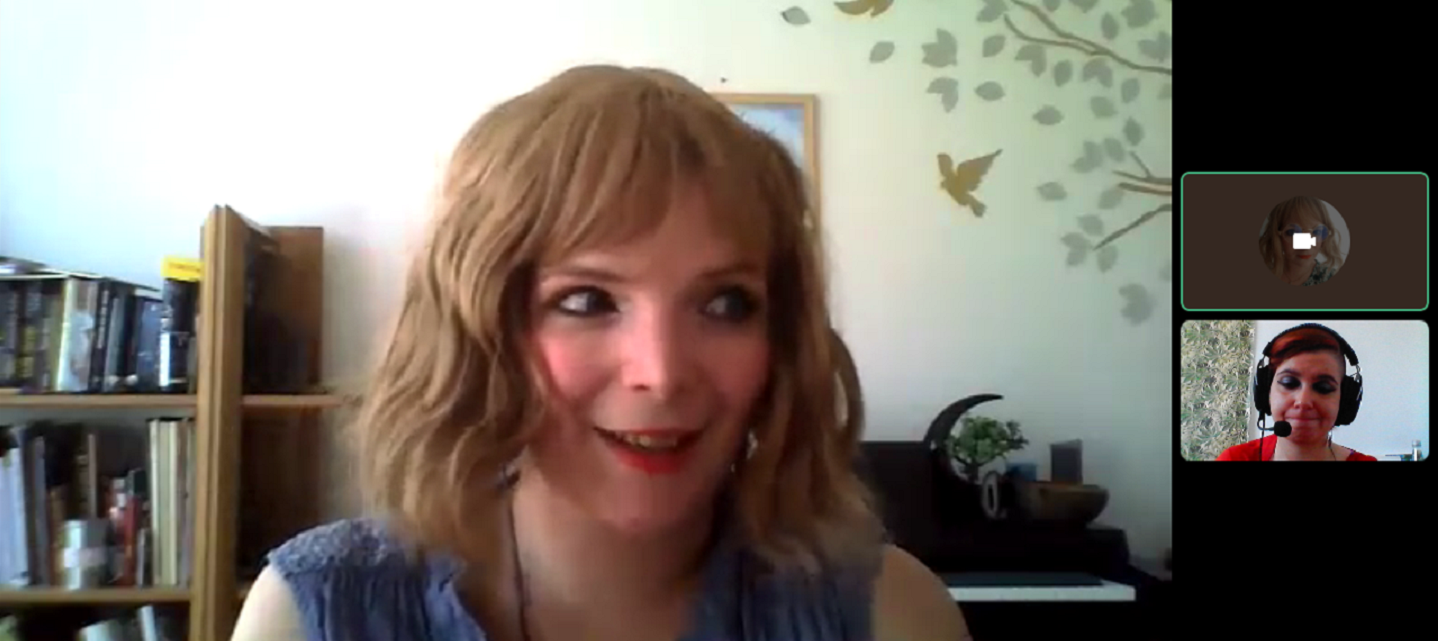
Together Forever: A Larp about Dating in a Dystopian World
This documentation piece explores Together Forever, an online larp focusing on romantic relationships and dating in a near-future dystopia.
-
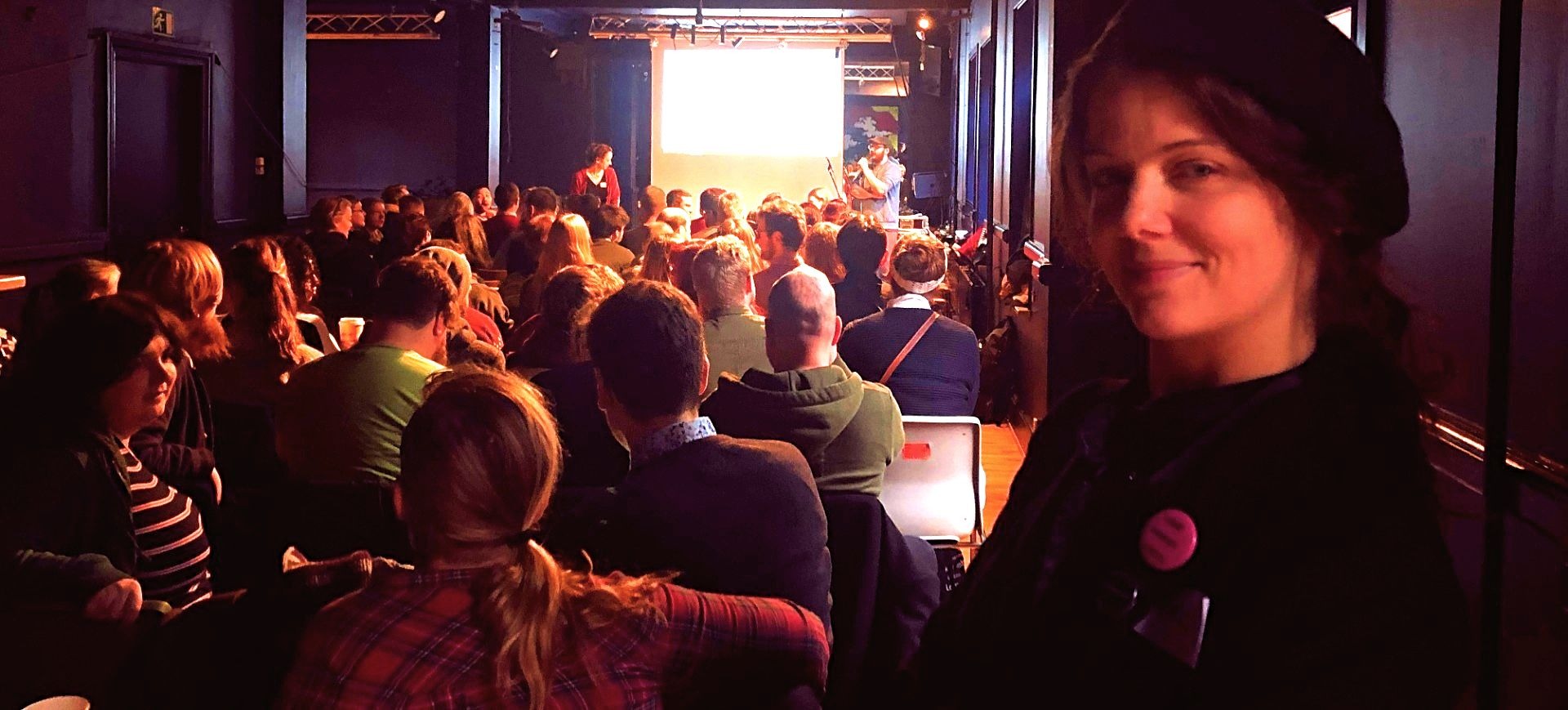
Overview of Edu-Larp Conference 2019
Edu-larp can be described as implementing live-action role-playing games in formal or informal educational contexts, “used to impart pre-determined pedagogical or didactic content” (Balzer & Kurz 2015). The aim of the Edu-larp Conference 2019 was to present and discuss recent international research as well as share best practice examples or innovative formats of edu-larp.The first
-

Vedergällningen, the Vengeance: a Viking Horror Larp
Vedergällningen was a Viking horror larp in Sweden focusing on the relationships between humans, their community, and their gods.
-
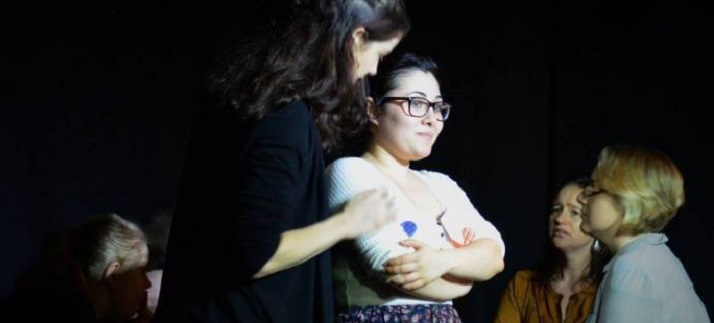
From Winson Green Prison to Suffragette: Representations of First-Wave Feminists in Larps
In this article, I present feedback on my experience playing and writing on suffragettes in larps set in early 20th century Europe. I present the diverse angles through which the theme and characters were approached in these larps and contrast their differences. These games are set up at a time period with clearly separated gender
-
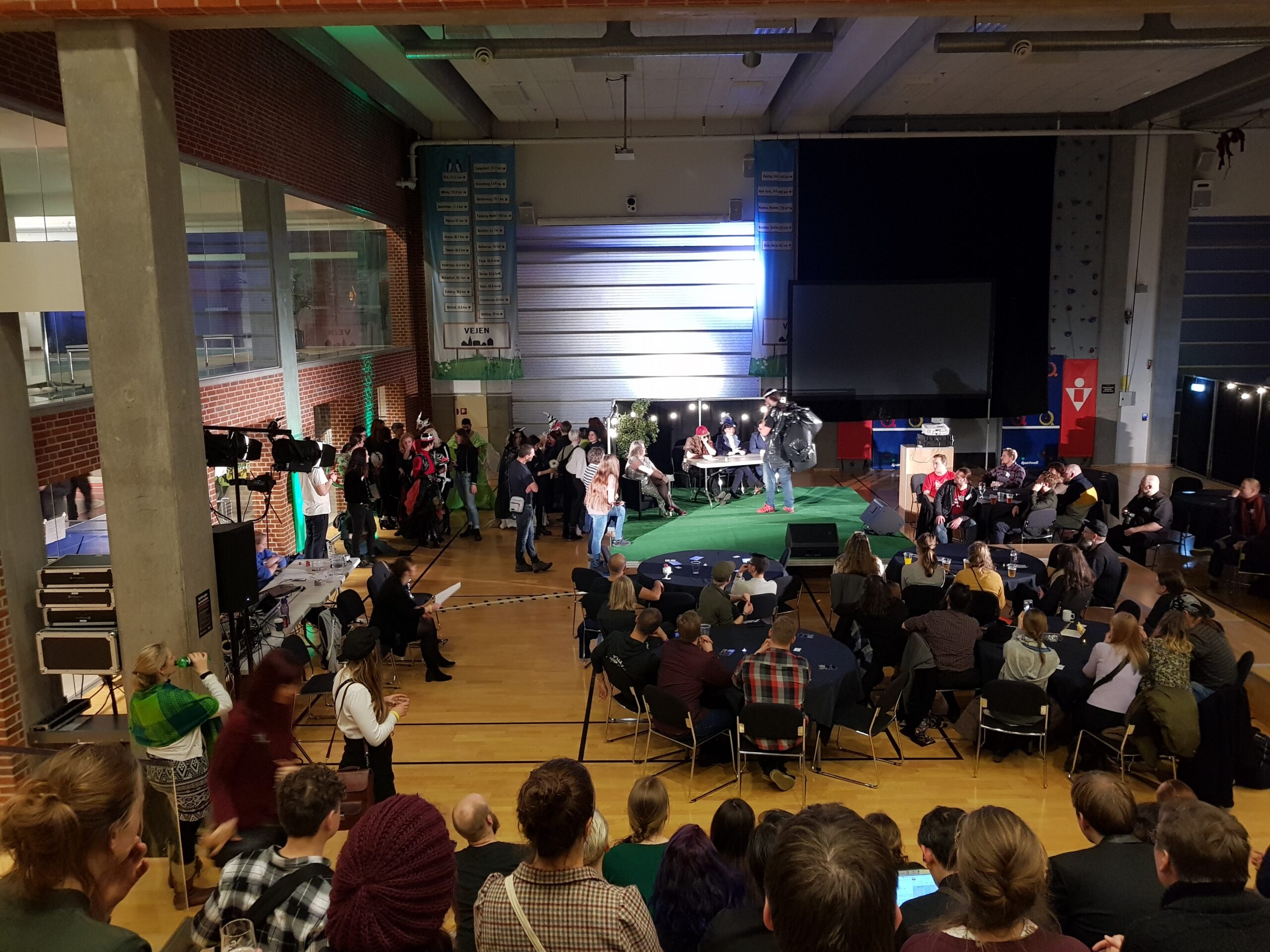
Knudepunkt 2019: Summary
The Danish edition of the Nordic larp conference Knutepunkt, Knudepunkt 2019, is now over. This post will be continuously updated with links to articles, reports, photo albums, videos, slides, books and other relevant documentation. If you have any content you want published but lack a place to host it we will gladly host it here
-
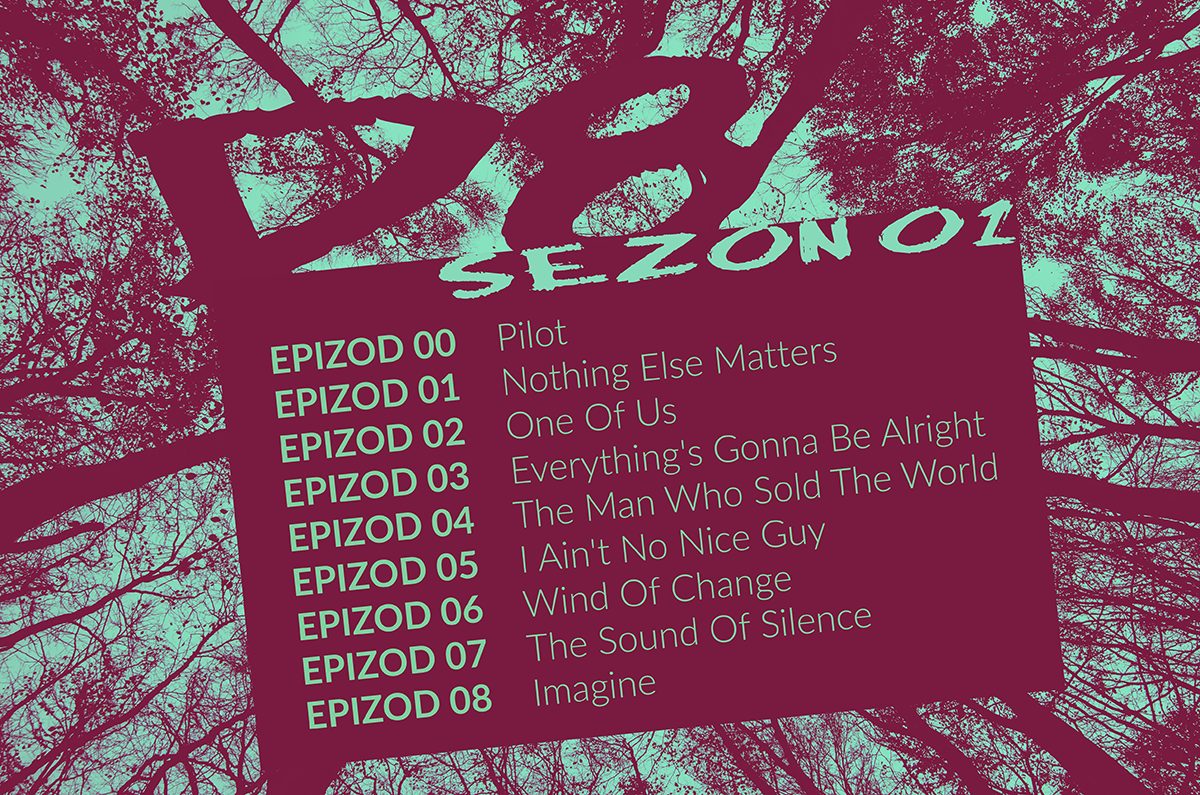
D8 – Fascinating Paradox
When I heard some first mentions about the idea behind D8, I felt it’s going to be a really interesting thing. Knowing them personally, I occasionally drifted in each conversation towards this larp, to learn more. A design document for this larp got to me in a phase of small fixes and editing. It evoked
-
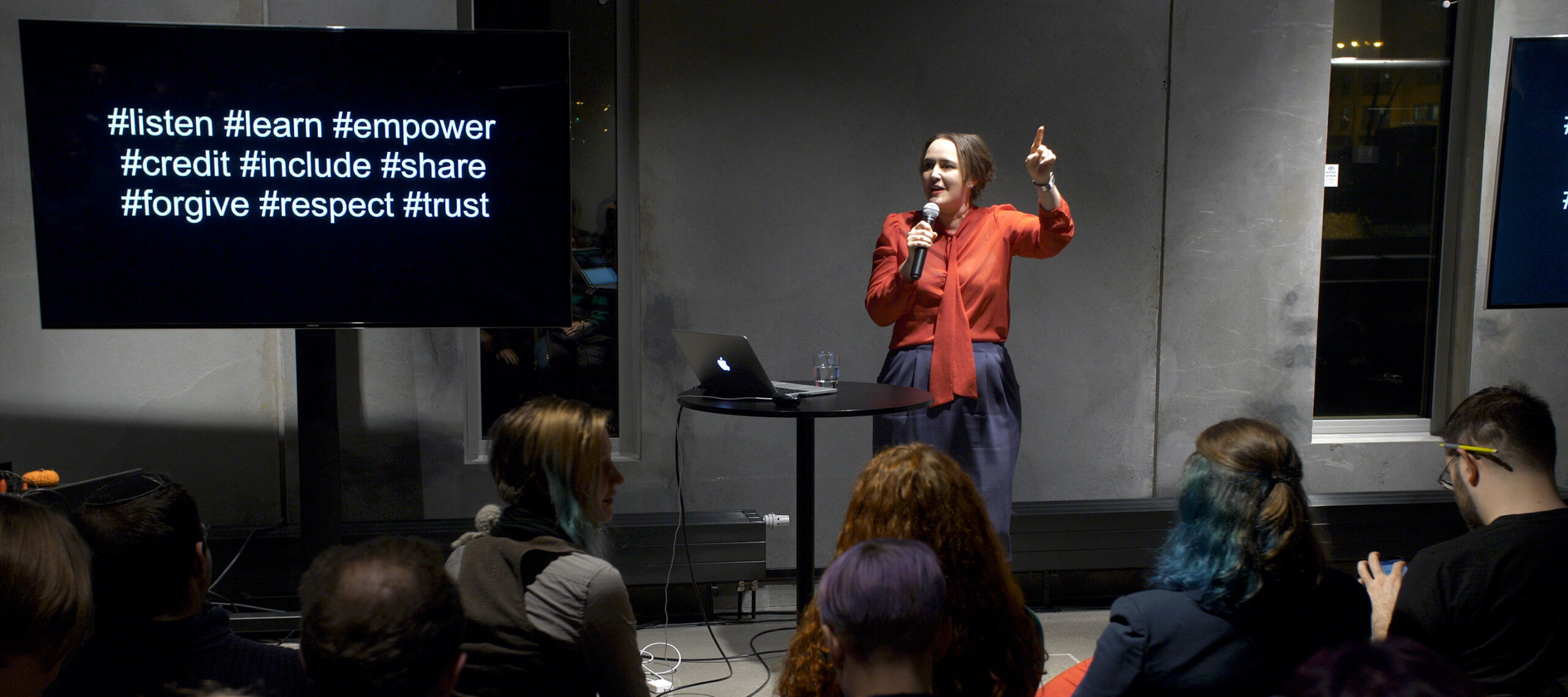
Nordic Larp Talks Malmö 2018
This years Nordic Larp Talks are out! You can watch them all in the embedded playlist below, or go over to Nordic Larp Talks to get some more context and background. Nordic Larp Talks Oslo 2017 As a bonus, we can also present Nordic Larp Talks Oslo 2017! They are all in the embedded playlist
-
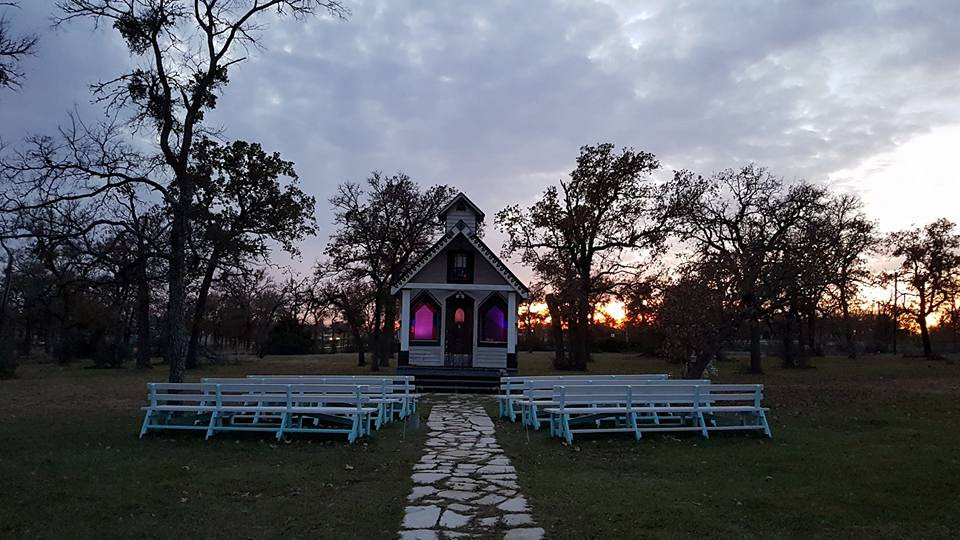
Epiphany – A Collaborative Mage: the Ascension Larp
Epiphany was a collaborative larp based loosely on Mage: The Ascension that took place December 15-17, 2017 in Austin, Texas. The larp was set during a weekend-long spiritual retreat where mentors help initiate mages navigate their Awakenings and come into their power.
-
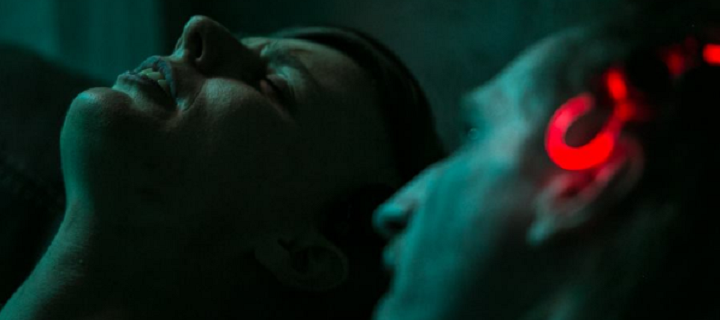
Tenement 67: Tales from the Tenements
How a UK larp’s take on dystopian cyberpunk is learning from Nordic larp design principles One day you will see the truth, you will learn to understand the patterns and numbers in the data. When God left the analogue world they left us a trail to follow, a path to enlightenment and a way to